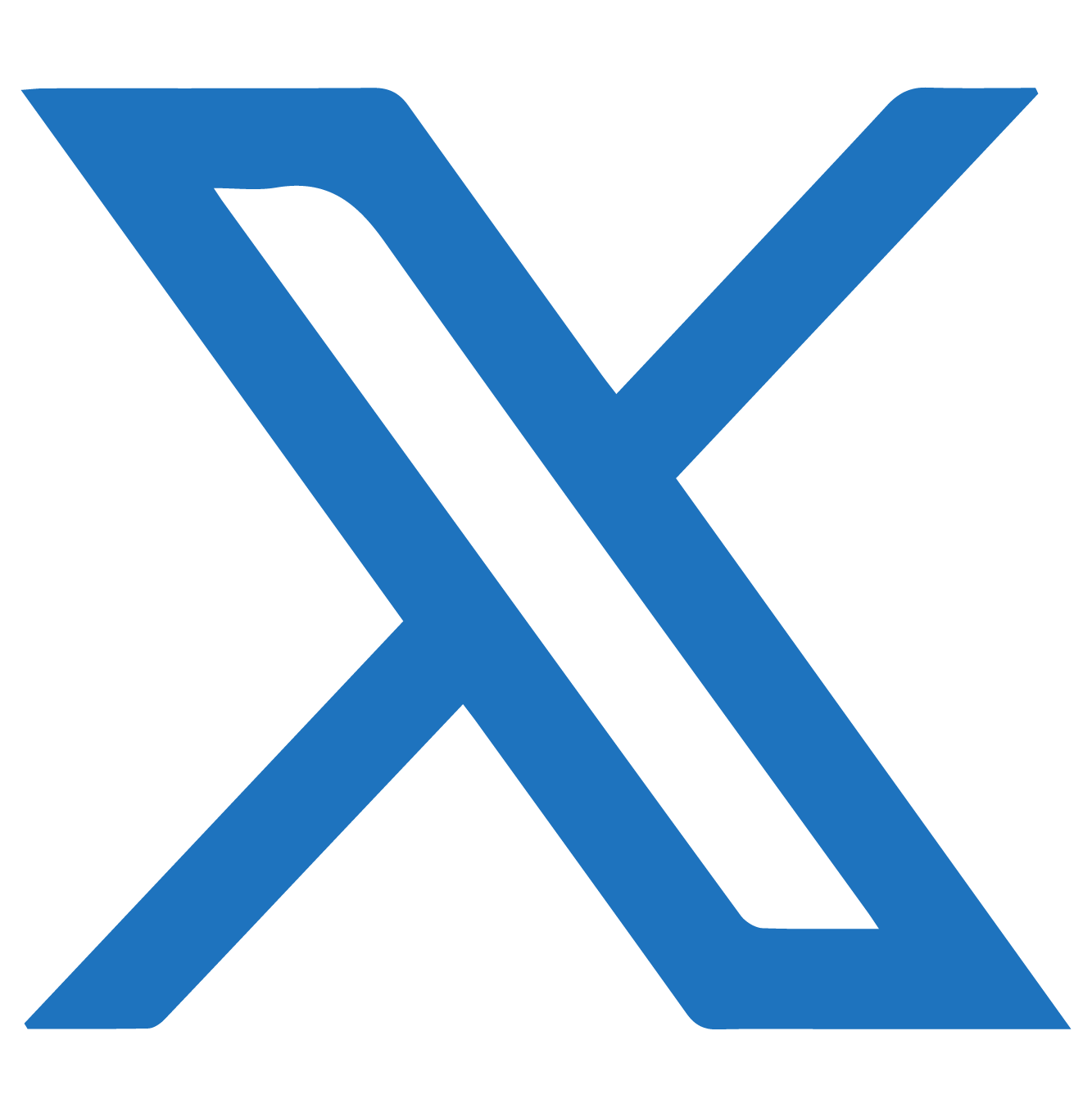- Dec 15, 2022
- Posted By: admin
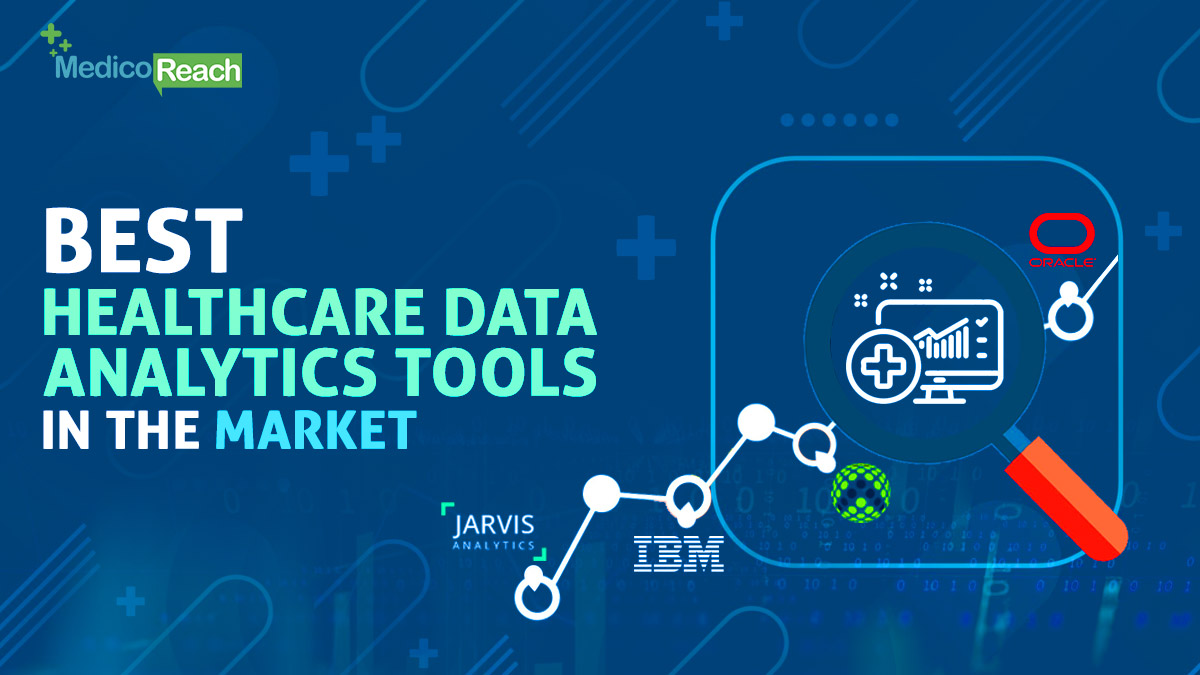
In modern healthcare industry, medical organizations and institutions generates huge data. To extract insights from this massive complex data organizations are turning towards healthcare data analytics tools to leverage the benefits in this regard effectively.
These are software applications that analyze the collected information from a range of sources, including but not limited to clinical research, operational activity, patient care programs and financial reports. Then, the gathered details are organized to help healthcare providers make informed decisions about improving their institutional practices. This article looks at four of the most prominent solutions available. Let’s dive right in!
1. IBM’s SPSS Software Suite
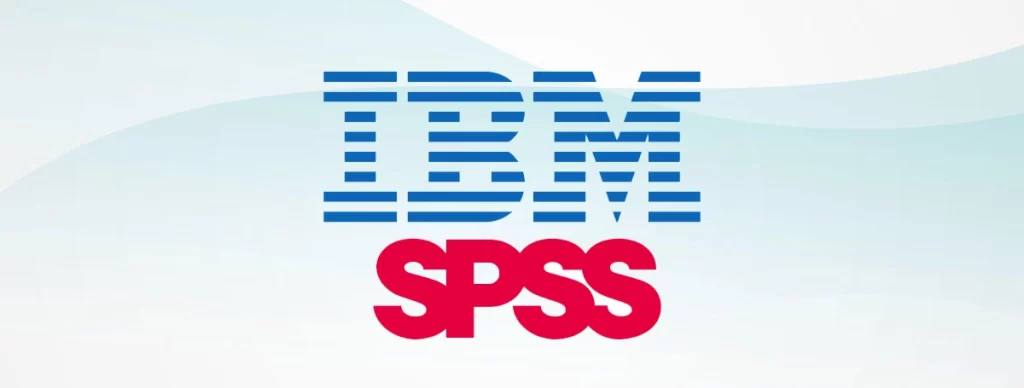
Initially designed for research in Social Sciences, IBM’s SPSS suite of applications has quickly become one of the leading healthcare data analytics tools.
Now, the platform isn’t an entirely integrated solution, meaning that there are two specific sub-divisions of the tool, including:
- IBM SPSS Statistics
- IBM SPSS Modeler
The SPSS Statistics offers a robust set of features, all primarily geared towards extracting actionable insights from research or statistical information. This encapsulates the entire analytics lifecycle, from preparation and data management to report analysis and submission.
More importantly, the SPSS Statistics include the following:
- A wide range of Machine Learning (ML) algorithms
- Direct text analysis
- Built-in integration for third-party open-source extensions
- Flexible deployment into existing applications
Directly supporting the SPSS Statistics is IBM’s SPSS Modeler, a visual ML platform explicitly designed for accelerating operational activities for data scientists. As such, the software sees prevalent use in streamlining predictive healthcare analytics, patient and care model management and monetization of data assets.
As an added benefit, the SPSS Modeler is also available in IBM’s Cloud Pak for Data platform, a self-contained Artificial Intelligence (AI) tool that lets medical researchers deploy predictive models on any cloud-based or on-site IT platform.
2. CareDirector by Allscripts
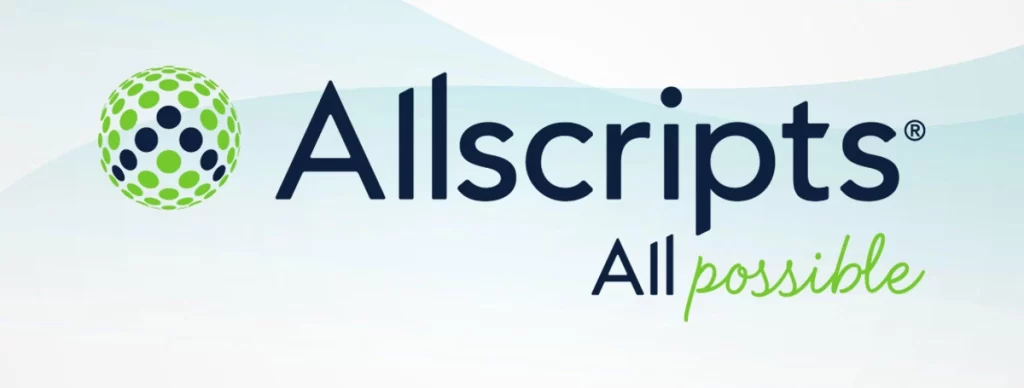
Allscripts released CareDirector as a direct expansion to its Care Management suite of software applications. However, unlike the other healthcare data analytics tools under that umbrella, the CareDirector was designed to be a dedicated solution for addressing excessive patient readmissions and managing post-discharge care routines.
This was especially beneficial considering the penalties introduced under Medicare at the time. As a result, Allscripts’s CareDirector was quickly adopted by several American healthcare institutions.
The web-based platform can pull data from third-party ERH systems and accommodates direct imports in case any information has to be manually fed into it. Then, institutional coordinators can review all submitted information while relying on an aggregated risk assessment score to form the initial care team.
The application has several other features as well, including:
- Detailed stratification to consolidate treatment plans for high-risk or chronically ill patients
- Seamless assessment of facility settings to identify lapses in patient treatment and track potential interventions
- Coordinated care plan submissions to enable smoother patient transitions during the post-discharge phase
- Analysis of treatment and patient outcomes to generate reports on the efficacy of an institution’s overall healthcare programs
At the time of CareDirector’s release, Cliff Meltzer, the Executive Vice President of Allscripts, is quoted to have referred to the software as a “move toward an open, connected community of health.”
3. Oracle’s Healthcare Analytics Suite

Like IBM, Oracle does not offer a consolidated package regarding healthcare data analytics tools. Instead, the tech giant hosts several software applications to cater to various activities.
To summarize the scope of the provided solutions, Oracle categorizes its analytics systems to cater to three primary parties:
- Providers (Healthcare institutions, Doctors, etc.)
- Payers (Patients, Registered members of digital health platforms, etc.)
- Public Health (Medical Researchers and Developers, etc.)
Now, the tools designed for the ‘Providers’ and ‘Payers’ blend analytics, Enterprise Resource Planning (ERP) and Customer Relationship Management (CRM) systems. For instance, the Core Administration platform reduces expenses through policy automation and claims management.
Meanwhile, the organization’s ‘Healthcare Analytics and AI’ division offers cloud-based predictive and data science models for institutions to analyze and design new operational programs. Then, upon successful evaluation, that information is implemented into existing patient care plans.
However, Oracle’s primary focus on data analytics comes from its ‘Public Health’ module, which still relies on the ‘Healthcare Analytics and AI’ branch, albeit slightly differently. For example, organizations can use the module to:
- Compare clinical data with financial projections to determine the efficacy of specific treatment plans
- Store medical research in a cloud-hosted environment
- Gain improved visibility into particular programs, including information on the supplies used, financial margins, patient prognosis and overall treatment benchmarks
Finally, Oracle enables the generated data to be directly fed into existing IT infrastructure to help executives deploy intelligent business solutions in regard to institutional operations.
4. Jarvis Analytics
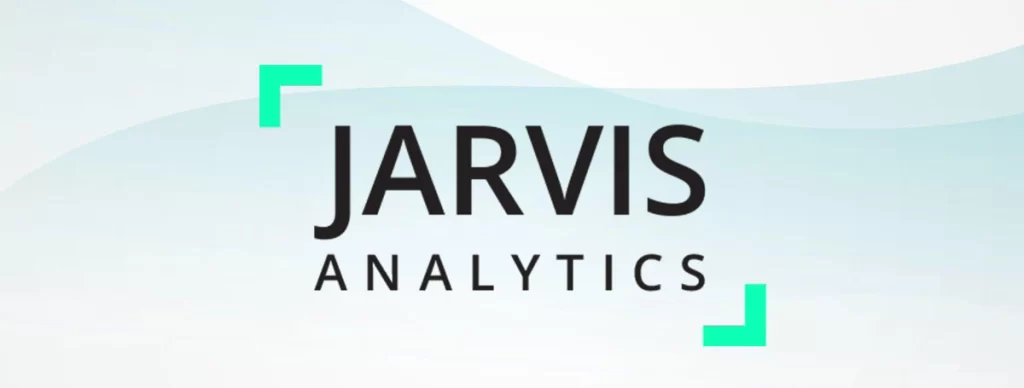
One of the more unique solutions when it comes to healthcare data analytics tools, Jarvis Analytics was designed as a supportive tool for the American dental sector. However, focusing on a specific clinical niche doesn’t translate into a limited platform.
The software caters to all the members of the institutional hierarchy, including executives and the operational staff. For example, Jarvis’s productivity module has several different features to help streamline daily operations, including:
- Account balancing through an aging bucket
- Enhanced Days Sales Outstanding (DSO) with the help of automated scheduling through the ‘Hygiene Recall’ program
- Engagement metrics that focus on case acceptance and patient retention to determine practice potential
- Improved revenue cycle management through automated ledger scrubbing and report generation
Essentially, the platform analyses past and current reports to generate suggestions and improvement opportunities for dental practices. Then, the information is organized according to priority levels, with the most critical goals being designated specific score percentages.
A Future in Data-Driven Treatment
Often, discussions around advancements in medical technology restrict themselves to new tools and practices that help with patient treatment. However, the advent of big data has brought bigger implications for healthcare.
As such, data analytics may not be directly linked to improving care programs. However, they are critical to organizing and incorporating the vast information in the current medical industry. Whether that comes from clinical research and pharma development or institutional operations and patient data, the outcome is the same: More informed decisions that drive the sector forward.


